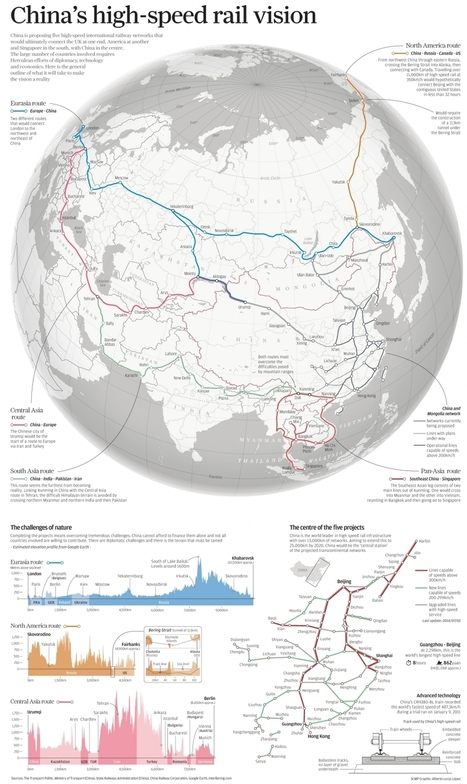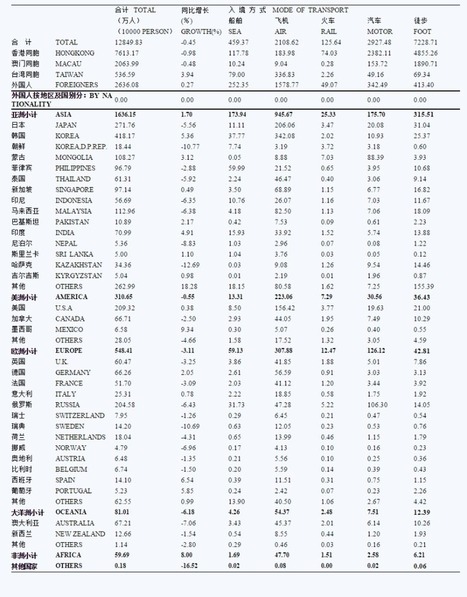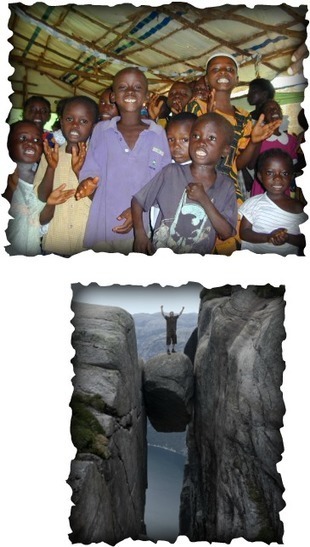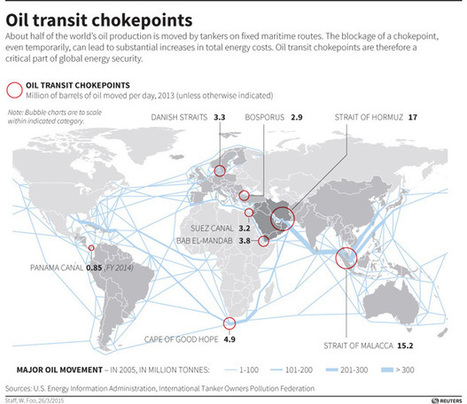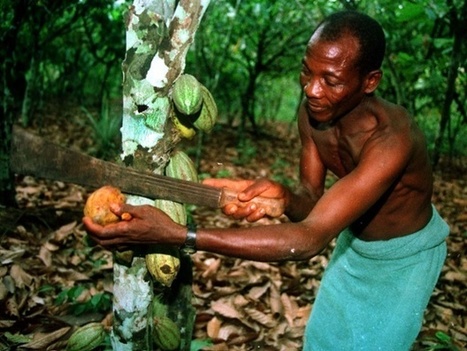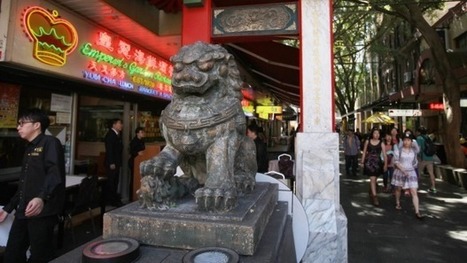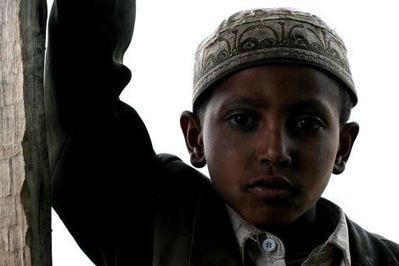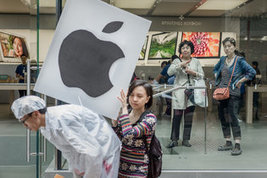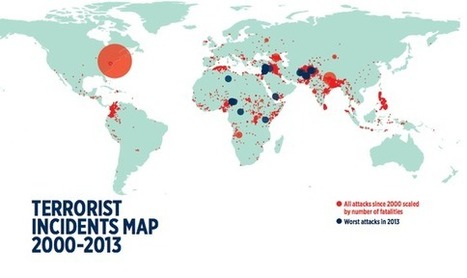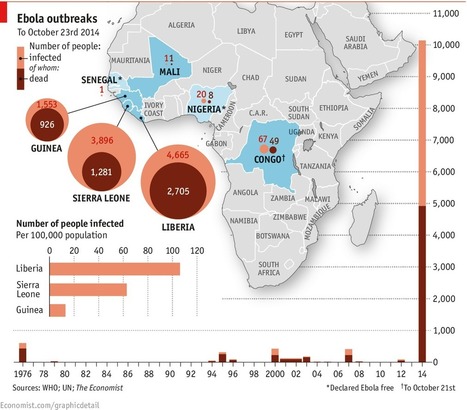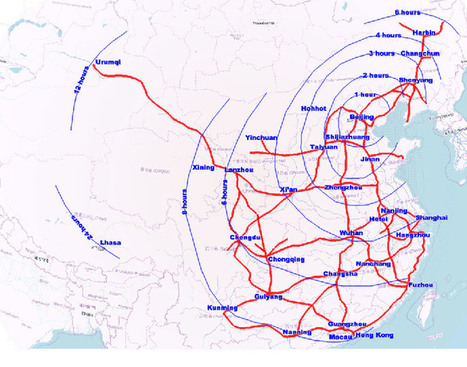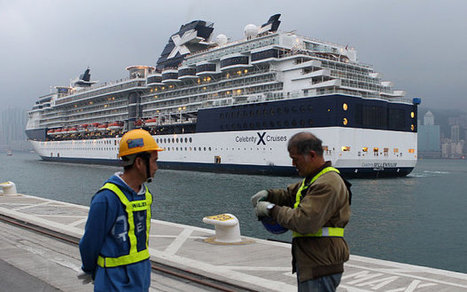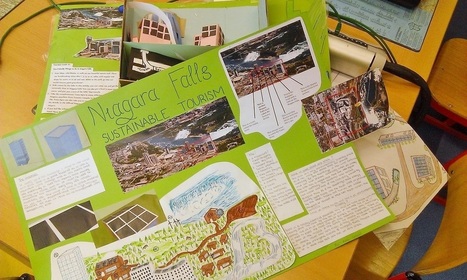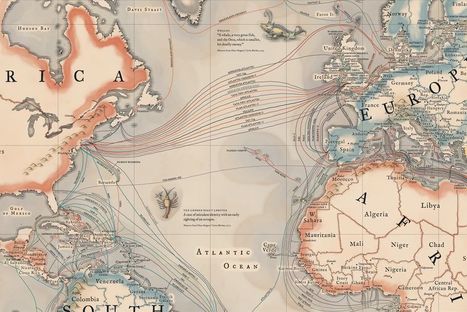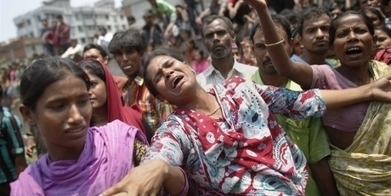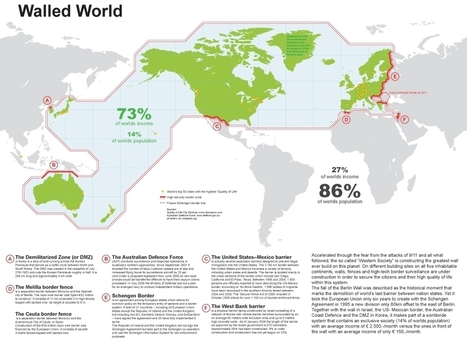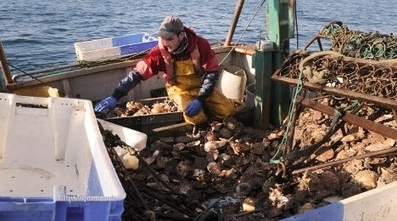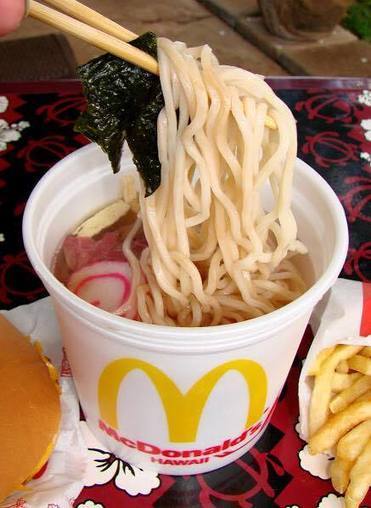China is proposing five high-speed international railway networks that would ultimately connect the UK at one end, America at another and Singapore in the south, with China in the centre.
Get Started for FREE
Sign up with Facebook Sign up with X
I don't have a Facebook or a X account
 Your new post is loading... Your new post is loading...
 Your new post is loading... Your new post is loading...
Avery Liardon's curator insight,
March 23, 2015 9:48 PM
Unit 3: Shines insight on stereotypes that are commonly used throughout the world. Reading this article really made me think about stereotypes that are so commonly used they are considered acceptable. It's a ridiculous idea to think that all people under a culture act and behave the same way.
Emily Coats's curator insight,
March 24, 2015 12:06 PM
UNIT 3 CULTURE This article is written to compare and contrast various ways to teach young school children about global cultures. On one hand, we can relate all cultures to each other, due to their common goals and views. For example, all families around the world aim to do what's best for each other, love and cherish one another, and try their hardest to succeed economically. On the other hand, cultures are extremely different around the world, with different music, clothing, and underlying views on life. We can continue to say that popular culture has diffused so greatly, with advanced technologies and means of transportation, so it has influenced and homogenized our landscape quite a bit. Folk culture is obviously still a powerful force, but popular culture does have some effects around the world. I believe that children need to understand the importance of maintaining diversity thy preserving folk culture but they also need to acknowledge the pros and cons of the global diffusion of popular culture and how it connects us at a global scale.
Danielle Smith's curator insight,
April 12, 2015 12:21 AM
I think Teaching Cultural Empathy: Stereotypes, World Views and Cultural Difference is a helpful article for teachers to read. This article considers ideas I constantly come back to, whilst collecting resources and ideas for teaching students about cultural diversity and identity. How do I teach students, that ‘people and cultures are different all over the world’ (Dixon, 2015, April 2), but also the same? Dixon suggests that we need to teach that people and cultures worldwide are the SAME and DIFFERENT simultaneously. In this way, students can appreciate the rich diversity of cultures and societies, whilst at the same time learning values of humanity and empathy, which unite us all.
I believe by recognising and appreciating the rich cultures of students in the classroom, we can explore and learn about cultural diversity in an honest, rich and non-stereotypical way and allow students to feel valued at the same time. In addition, as students know each other, this helps them relate to ‘people from other places, who speak other languages’ and follow different religions to their own (Dixon, 2015, April 2). Furthermore, this should help increase intercultural understanding in the classroom by developing a ‘socially cohesive’ environment that ‘respects, and appreciates cultural, social and religious diversity’ (MYCEETA, p. 7).
References Dixon, S. (2015, April 2). Teaching cultural empathy: Stereotypes, world views and cultural difference. National Geographic. Retrieved April 7, 2015, http: http://blog.education.nationalgeographic.com/2015/02/04/teaching-cultural-empathy-stereotypes-world-views-and-cultural-difference/
Ministerial Council on Education, Employment, Training, and Youth Affairs. (2008, December). Melbourne declaration on educational goals for young Australians. Melbourne: Author.

oyndrila's curator insight,
November 23, 2014 12:11 PM
Worth a discussion under the impacts of Globalisation. 
Rich Schultz's curator insight,
November 26, 2014 1:37 PM
More than 80 percent of last year's terrorism fatalities occurred in just five countries. |

Miles Gibson's curator insight,
February 13, 2015 11:04 AM
Unit 4 political geography This article explains how the world is filled with division and segregation. Some of the most notable are the walls are the wall in berlin, the wall/border/river/fence between the u.s. and mexico and the border between north and south Korea is the most notable walls. This article relates to unit 4 because it shows how people, through borders, have divided them through history creating new politics, culture and borders themselves. The political processes involved can change the policies and shapes of nations in the world. 
Monika Fleischmann's curator insight,
February 15, 2015 4:48 AM
Seth Dixon's insight:
This map shows that hi-tech political surveillance of borders is highly correlated with the core areas of the global economy and some of the most attractive immigrant destinations.
Questions to Ponder: What else do you see in this map? What does this say about the world order? Are there patterns that this map reveals/conceals?

Kristin Mandsager San Bento's curator insight,
January 22, 2015 7:03 PM
This makes absolutely no sense to me. How does the freshness of the scallop even last a trip like this? What is the transportation time back and forth?
BrianCaldwell7's curator insight,
March 16, 2016 3:40 PM
This type of nonsense only makes sense in a world where the bottom dollar is the only way to way to evaluate decisions. However, resource conservation (think of the food miles!), fair labor prices, and the preservation of local cultural economies are certainly issues that should be considered.
Tags: food, economic, labor, globalization, food production, agribusiness, agriculture.
Jacob Crowell's curator insight,
December 17, 2014 10:45 PM
We talk about McDonalds as a way of Americanizing the rest of the world. These foods show that it may still be the case but local culture is still infused and desired where McDonalds expands to. 
Payton Sidney Dinwiddie 's curator insight,
January 21, 2015 9:40 PM
This shows that mmcdonals is a global industy . there are many mcdonalds everywhere they put a spin oncertain diishes to match their heritage like in japan instead of hamburger meat like we americans use the use crabs.It just really shows how far mcdonalds was changed from just starting in america to being featured all over the globe 
Kristin Mandsager San Bento's curator insight,
January 22, 2015 7:06 PM
I've lived and traveled to a few places especially Asia. I've had the Ramen at McD's in Hawaii along with the Portugeuse sausage that comes with the big breakfast. I've also experienced Japanese McD's. It was nice to be able to find some of the regular food like a burger and fry at any McD's in the world, but I never ordered anything else. |




